In BBC world, everything bad is due to climate change!
For Antarctic wildlife, exposure to the Sun's damaging rays has increased in recent years, scientists say.As we know, the 2019 drought was far from being unprecedented in SE Australia, the region worse affected, so climate change had no effect. Instead there is plenty of evidence that poor forestry management was the biggest factor.
A hole in the ozone layer - the protective barrier of gas in the upper atmosphere - now lingers over the frozen continent for more of the year.
A major cause of ozone loss is believed to be the amount of smoke from unprecedented Australian wildfires, which were fuelled by climate change.
https://www.bbc.co.uk/news/science-environment-68906013


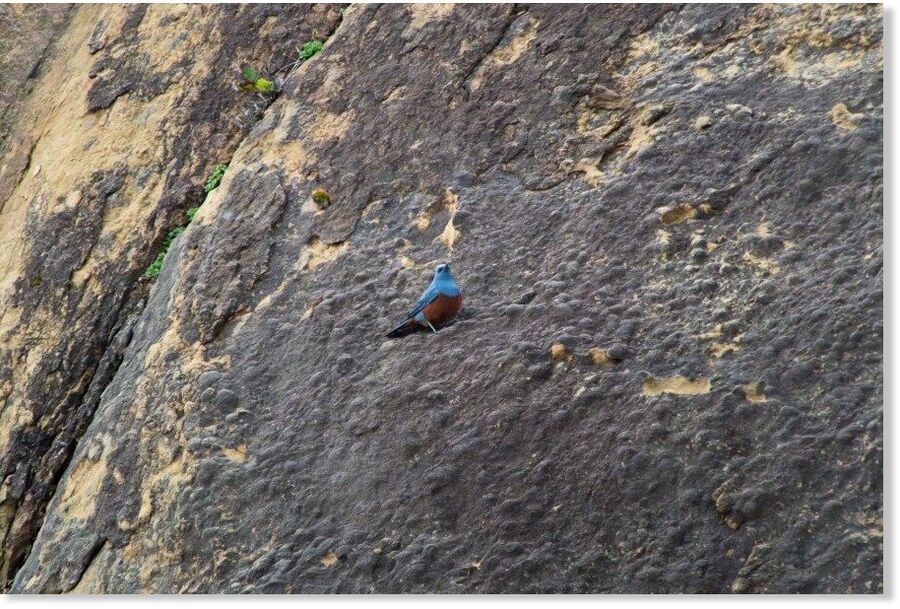
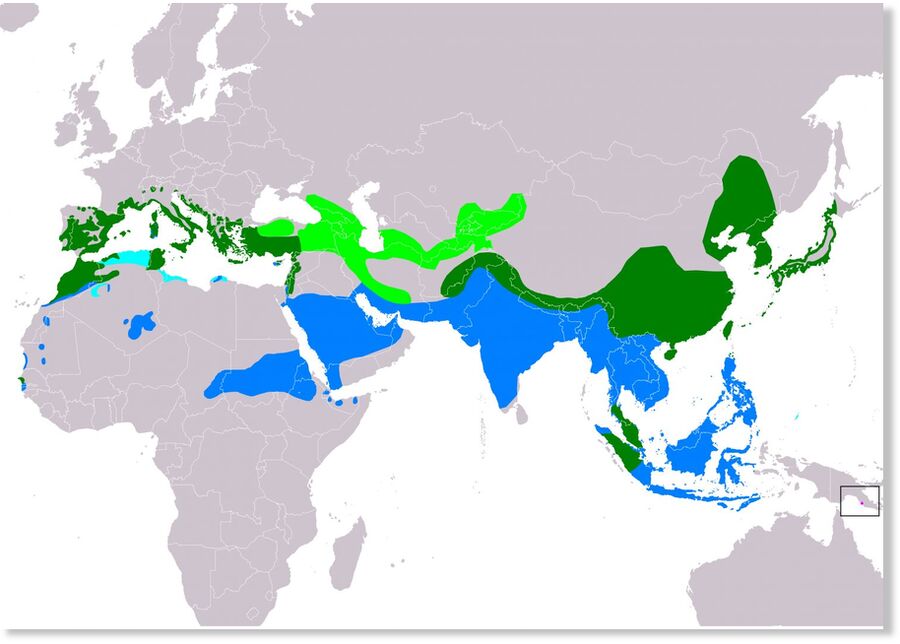

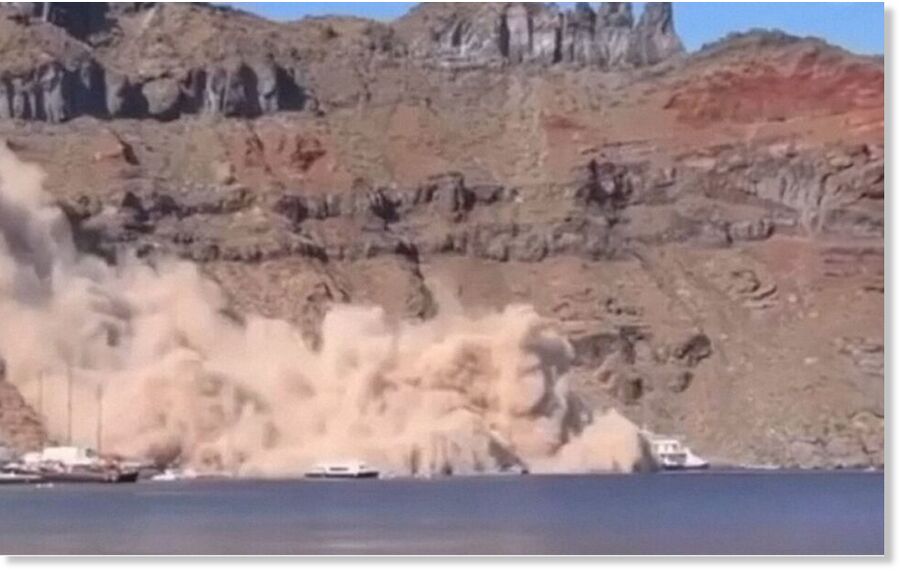
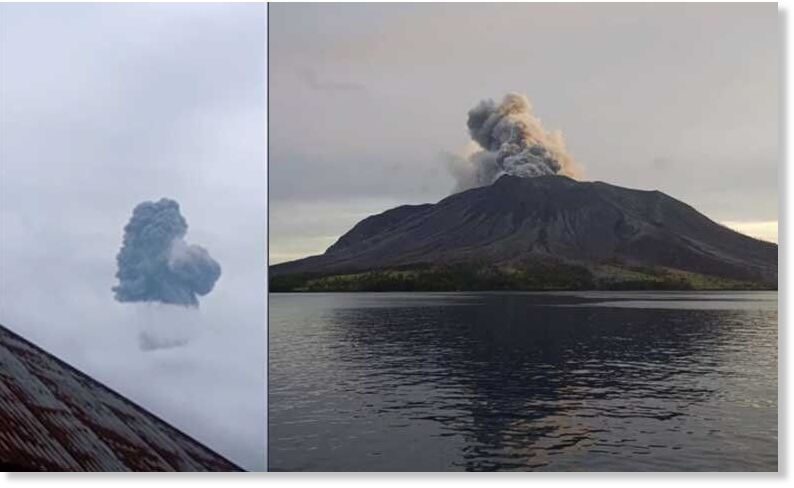
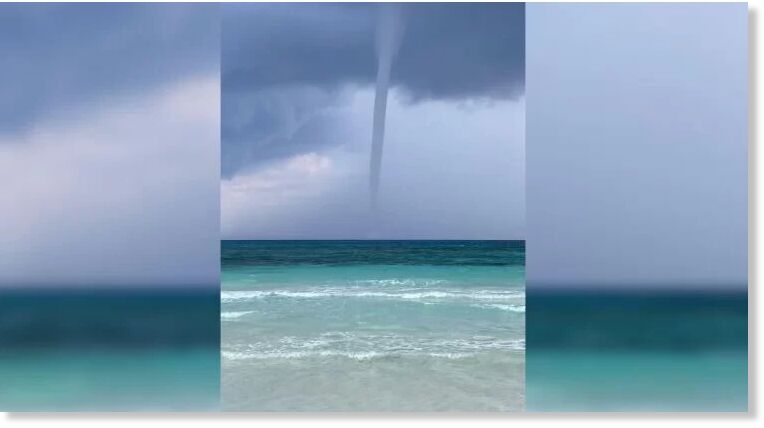
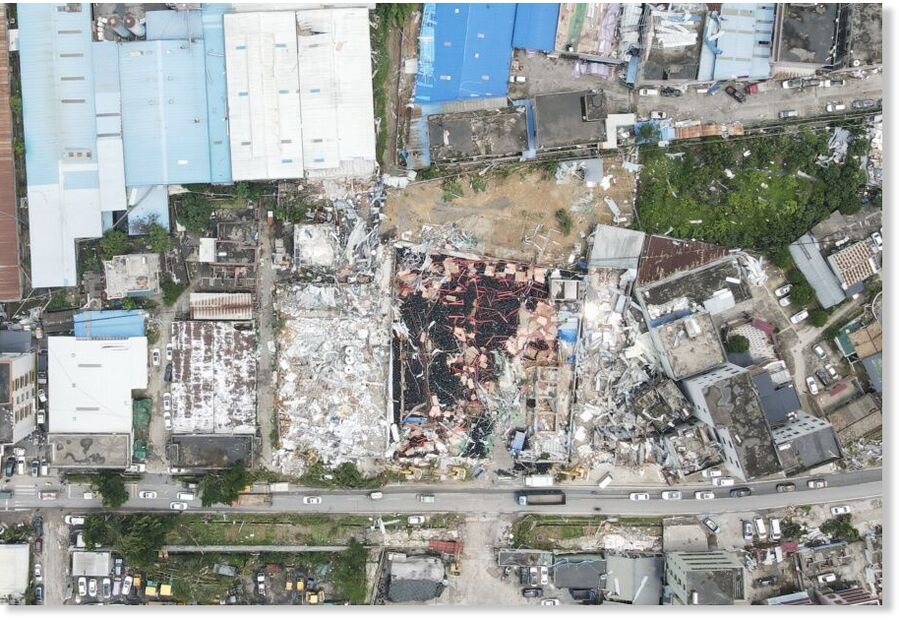
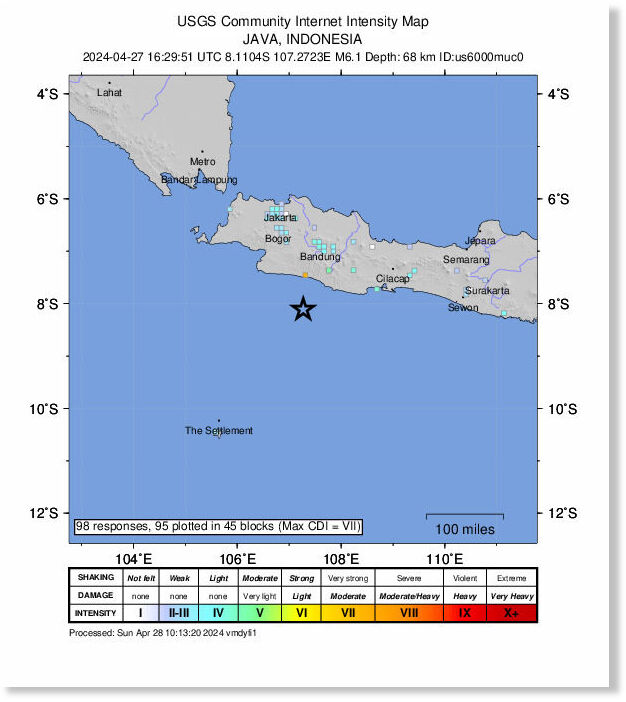

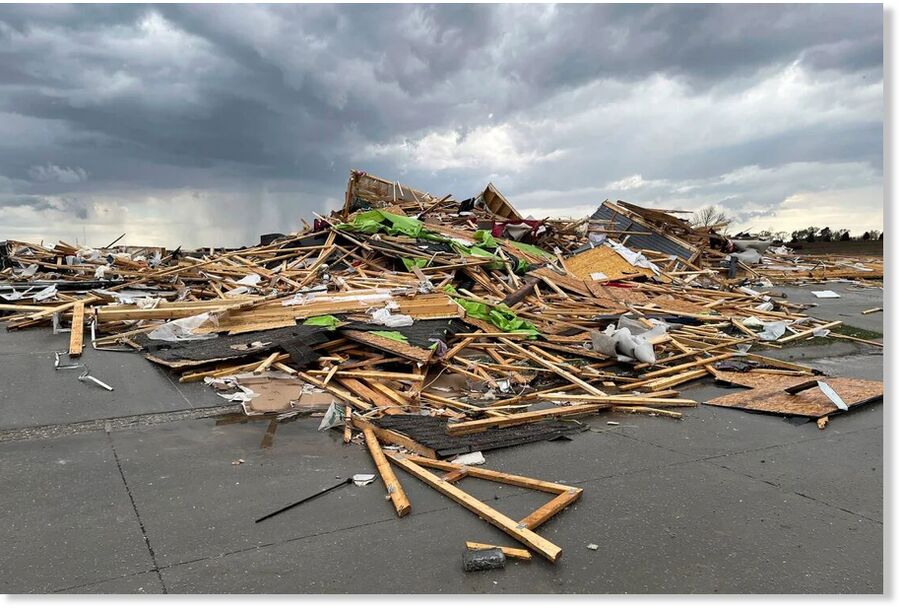


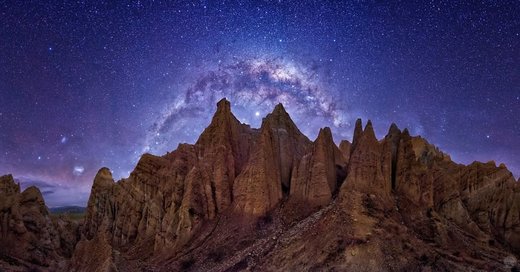
Comment: Update April 27
AFP reports: